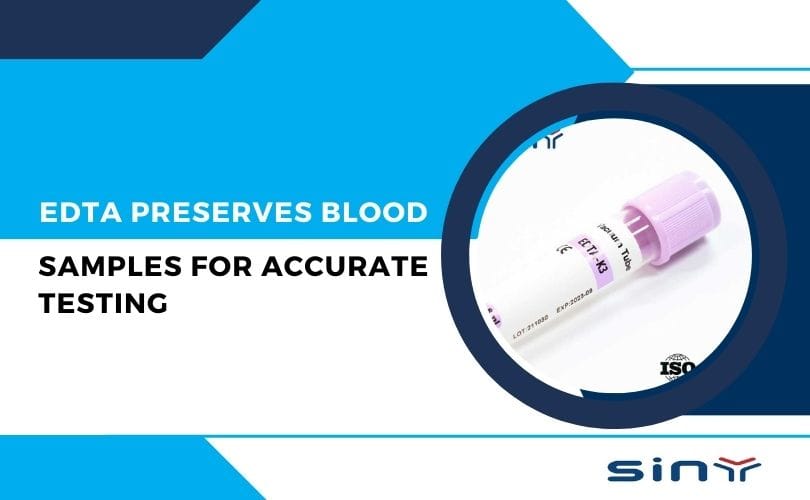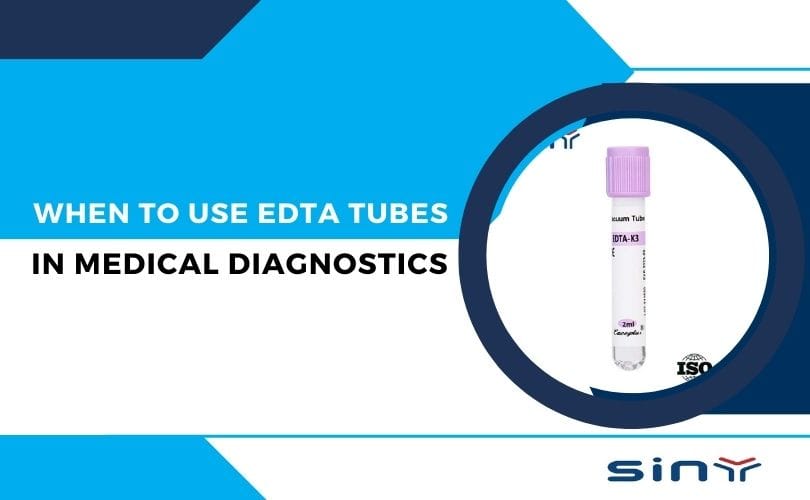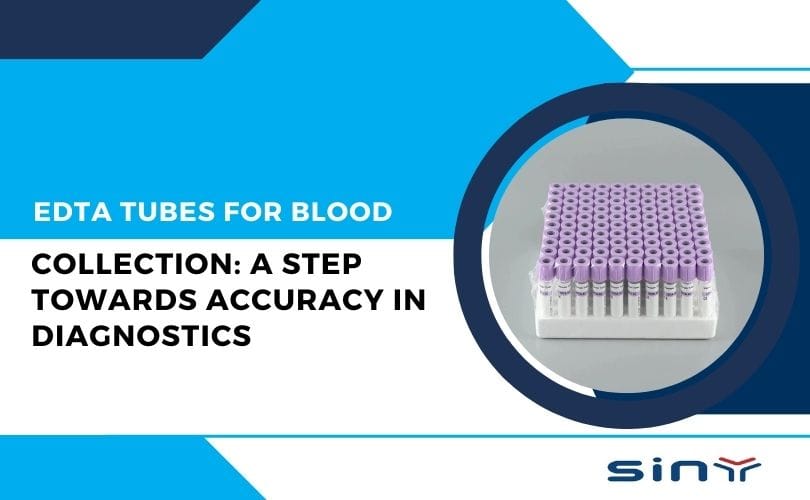Ethylenediaminetetraacetic acid (EDTA) is a widely recognized anticoagulant in blood collection and laboratory testing. Its unique properties make it essential to preserve blood samples for accurate testing. This comprehensive guide explores the mechanisms by which EDTA preserves blood samples, its applications in various tests, and best practices for ensuring optimal results.
What is EDTA?
EDTA, short for ethylenediaminetetraacetic acid, is a synthetic, water-soluble chelating agent. It binds to metal ions such as calcium and magnesium, essential for several biological processes. By removing these ions, EDTA disrupts certain enzymatic activities that could otherwise degrade the sample.

Commonly used in the form of sodium or potassium salts, EDTA’s primary function in blood sample preservation is to prevent clot formation and stabilize cellular components, enabling accurate laboratory analysis.
Types of EDTA Tubes
EDTA tubes are available in two primary formulations:
- K2 EDTA Tubes: These tubes contain two potassium ions and are commonly used for hematological tests. They are preferred due to their lower hyperosmolarity compared to K3 tubes, which helps minimize artifacts in blood cell morphology.
- K3 EDTA Tubes: These tubes contain three potassium ions. While they also serve as effective anticoagulants, they may lead to slight variations in specific hematological parameters due to their hypertonic nature.
Both types of tubes are color-coded with a purple top, indicating their use for blood collection.
Applications of EDTA Tubes
EDTA tubes are widely used in various clinical applications:
Hematological Testing
EDTA tubes are essential for hematological tests, including:
- Complete Blood Count (CBC): This test provides essential information about red and white blood sample cell counts, hemoglobin levels, and platelet counts.
- Erythrocyte Sedimentation Rate (ESR): This test measures how quickly red blood cells settle at the bottom of a test tube, providing insights into inflammation or infection.
- Blood Smear Analysis: Blood smears made from freshly collected samples allow for a detailed examination of cell morphology.
Molecular Diagnostics
In addition to hematology, EDTA tubes are increasingly used in molecular diagnostics for:
- DNA Extraction: The anticoagulant properties of EDTA help maintain DNA integrity during extraction processes.
- Polymerase Chain Reaction (PCR): EDTA prevents clotting during sample handling, allowing for accurate amplification of genetic material.
Blood Banking
EDTA tubes are utilized in blood banks to collect and store donated blood. Their anticoagulant properties ensure that donated blood remains viable for transfusion purposes.
Best Practices for Using EDTA Tubes
To maximize the effectiveness of EDTA tubes and ensure accurate testing results, follow these best practices:
Proper Mixing
After collecting a blood sample in an EDTA tube, gently invert the tube 8-10 times immediately to ensure thorough mixing of the anticoagulant with the blood. Inadequate mixing can lead to clot formation and inaccurate results.
Adhere to Fill Volume Guidelines
Fill the tube to the designated mark indicated on its side. Overfilling or underfilling can alter the anticoagulant-to-blood ratio, affecting test accuracy.
Timely Processing
Process samples as soon as possible after collection to prevent degradation. Delays can lead to changes in cellular components that may compromise test results.
Temperature Control
Store EDTA tubes at room temperature or as specified by testing protocols. Avoid freezing or exposing them to extreme temperatures, damaging cells and affecting results.
Labeling
Ensure each tube is correctly labeled with patient information and collection details to avoid identification errors during processing.
Advantages of Using EDTA for Blood Preservation
- Broad Compatibility: suitable for a range of blood-based assays.
- Long-Term Stability: Keeps samples viable for extended periods under proper storage conditions.
- Minimal Interference: Doesn’t alter the chemical composition of most analytes, preserving test reliability.
Conclusion
EDTA is crucial in preserving blood samples for accurate testing by preventing coagulation and maintaining cellular integrity. Its widespread use in hematology and molecular diagnostics highlights its importance in clinical laboratories worldwide. By following best practices when using EDTA tubes—such as proper mixing, timely processing, and careful labeling—healthcare professionals can ensure reliable test results that contribute to effective patient care.
As advancements continue in laboratory technology and testing methodologies, the role of EDTA as an essential anticoagulant will remain vital in enhancing diagnostic accuracy and improving patient outcomes.
This guide provides a comprehensive overview of how EDTA preserves blood samples for accurate testing while highlighting its mechanisms, applications, best practices, limitations, and future trends in laboratory medicine.
FAQs
How does EDTA prevent blood clotting?
Calcium ions, which are necessary for starting the clotting cascade and stopping the process, are bound by EDTA.
Can EDTA-preserved samples be used for all tests?
No, EDTA is unsuitable for tests requiring calcium or coagulation profiles like PT/INR.
Why are EDTA tubes purple?
The purple color is a standardized code to identify EDTA-containing tubes in laboratories.
How long can EDTA-preserved blood be stored?
Under optimal conditions, EDTA-preserved blood remains viable for 24–48 hours for most tests.
Can EDTA damage cells?
Prolonged exposure to EDTA may cause hemolysis, particularly if the sample is not stored correctly.







